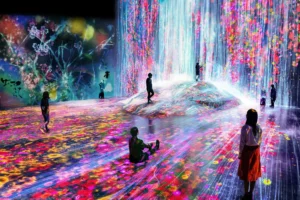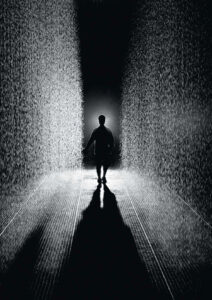Human vision and computer vision are very different. Humans are born with natural senses that let us see, feel, and understand what’s happening around us without even thinking about it. For example, if I see someone waving at me, I instantly know who they are and what that action means. Computers don’t have this kind of built-in understanding. They need to be given artificial “senses” through cameras and sensors. Instead of just seeing, a computer has to go step by step, detecting pixels, separating the object from the background, and then tracking where it moves. Humans process all of this automatically and with emotion, while computers rely only on data and instructions.
To help computers track what we want, we can use techniques like motion detection, background subtraction, brightness levels, and object tracking. These methods allow the computer to focus on what matters, like spotting movement or identifying a specific shape or color.
Computer vision brings something really exciting to the world of art because it makes art interactive. It allows artists, even those who aren’t very technical, to push their creativity further without as many limits. I find this so beautiful because it opens up new ways to experience and create art.
A great example of this is the Rain Room. In this installation, rain falls inside a dark room, but when someone walks through it, sensors detect their movement and stop the rain wherever they are standing. It feels like you have the power to control the rain. Another example is TeamLab Borderless, where massive digital projections respond to visitors’ movements, creating an ever-changing world of color and light.
What makes this so special is that it gives the audience a role in shaping the art. The original artist creates the setup, but every visitor changes how the piece looks and behaves through their actions. In a way, everyone becomes an artist. The artwork is never exactly the same twice, which makes it even more meaningful. It turns art into a shared, living experience where the line between the creator and the audience disappears.


